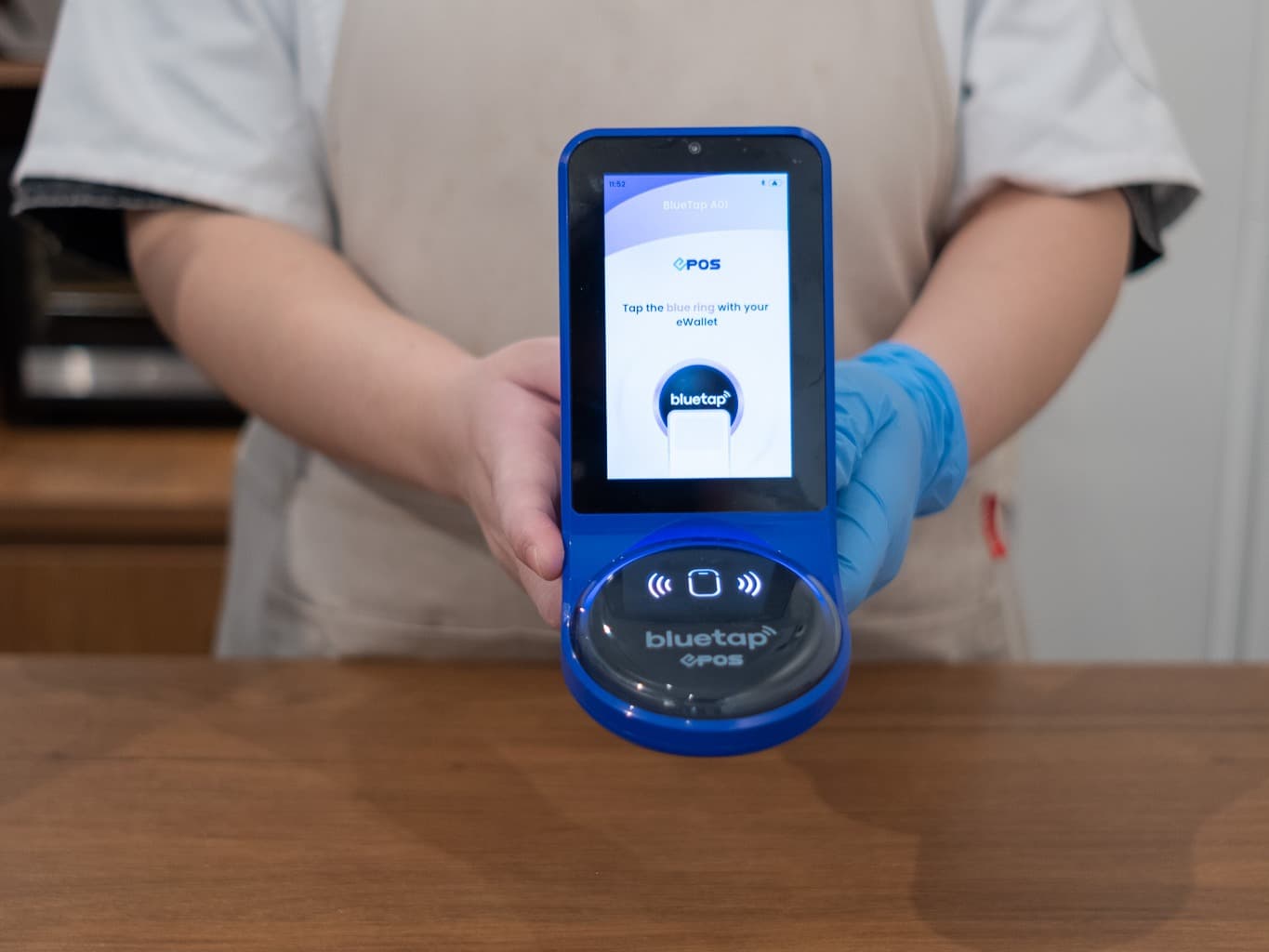

Laura Gunn
Winter weather presents a new set of issues and concerns for home and car owners. The intense conditions and low temperatures can cause a lot of problems. Luckily, there are many practical steps you can take to protect some of your biggest assets as ice and snow fall.
Before the weather changes, it’s time to start thinking about your preparation for winter driving and winterizing many areas of your home.
How to Prepare Your Home
If you live in an area that experiences winter weather, spend time now preparing. Winter weather can come on quickly and wreak havoc on a home. It’s important to know what areas to protect and how to do it effectively. The more prepared you are for the impending cold weather, the more enjoyable those winter months will be.
Exterior Winter Maintenance
The easiest place to start your winterizing is outside. This is the area of your home that will take the brunt of the cold, wind, snow, and ice. Plus, you don’t want to be winterizing the outside of your home as the temperatures start dropping.
#1 – Check Tree Branches
The first step in winterizing your home and property is to check out the larger trees and any low-hanging branches. Tree branches that are low hanging, cracked, or damaged can lead to big problems when the snow starts to fall.
It’s a good idea to check large tree branches near your home. Heavy snowfall can cause these branches down on your roof causing major damage and many other problems. Any branches that pose this kind of threat can be trimmed or removed before big winter storms and prevent future issues.
#2 – Clean Gutters
The next area for exterior winterizing is the gutters. Clogged or blocked gutters can spell big trouble when winter weather arrives.
As ice and snow fall, clogged gutters can push that moisture under shingles causing damage to your roof. They can also push more water and melting snow onto driveways and sidewalks. These areas will refreeze and be major hazards for slips and falls.
Clean out these gutters after a majority of the leaves have fallen in autumn. Get a sturdy ladder, a leaf blower, and gloves. Clean out what you can with the leaf blower and remove the remainder of the leaves and gunk with gloved hands.
#3 – Drain Sprinklers and Hoses
Finally, make sure you drain all the sprinklers and hoses around your home. If you have these systems in place, it’s important you drain any leftover water before the temperature drops. Any water remaining in these systems can freeze and break pipes.
The process for draining a sprinkler system is a little different depending on the system in question. Most require you to turn off the water source, open the valve, and allow the water to run out. If the process is overwhelming or too involved, then you can call a professional for help.
Interior Home Checklist
It’s not just the outside of your home that needs to be addressed, though. The inside of your home has areas that need to be winterized as well.
#1 – Insulate Pipes
Burst pipes are one of the most common areas of trouble in the cold winter months. As temperatures plummet, water in pipes inside your home can freeze. As the water freezes, it expands and breaks the pipes.
To keep the water in the pipes from freezing, you need to insulate the pipes. Pipe insulation can be purchased at most home improvement or hardware stores. The insulation wraps around exposed pipes to keep them warmer while the cold weather rages.
#2 – Clean out the Fireplace
A fireplace is great for those cold days, but it needs to be treated and inspected every year. If you have a wood-burning fireplace, then you need to take a few extra precautions to make sure your fireplace is in good working order.
It’s important to have your wood-burning fireplace cleaned and inspected. Wood-burning fireplaces can get soot buildup from years of fires. This buildup is incredibly flammable and can cause house fires.
If you have a gas fireplace, there is less of a concern for buildup and ignition. These types of fireplaces still need to be cleaned, but do it every three years rather than every winter.
#3 – Get the Furnace Inspected
Perhaps the most important area to winterize inside your home is the furnace. The furnace is responsible for heating your entire house. If this piece of machinery isn’t working properly, then there are big concerns.
A furnace inspection should be done by a professional. These professionals can identify any potential problems and ensure your furnace is working properly. This will keep you, your home, and your family warm all winter long.
How to Prepare Your Car
Technology is improving car safety. The technology is constantly advancing to include cameras, sensors, and more. Even with the best advancements, however, there are still very practical ways to winterize your vehicle.
Exterior Car Maintenance Checklist
#1 – Check the Tires
The most important part of your vehicle in winter weather is the tires. Tires need to be in good condition to keep you on the road as you fight snow, ice, and cold conditions.
Before winter weather hits your area, inspect all four tires and ensure you have enough tread on each one. The tread provides the grip necessary to ensure your vehicle can stop safely and maneuver in inclement weather. If you have little tread remaining on any tire, it’s time to get them replaced.
If the tire tread looks good, then it’s time to move on to tire pressure. You need to ensure all four tires are fully inflated. Even partially deflated tires can pop or cause a serious accident. Remember to continually check tire pressure throughout the winter months.
#2 – Test the Battery
Cold weather can be hard on car engines and batteries. As temperatures continue to drop, batteries can struggle to deliver maximum power. It’s important to test your car battery before temperatures drop too severely. If the battery struggles in output, it’s time to consider replacing it.
#3 – Fill Fluids
A car has many different types of fluids. Each fluid provides a different, but very necessary function. Keeping these fluids topped off will ensure your engine, transmission, and beyond continue to function at their very best.
If any fluids seem low or overly dirty, fill them to the maximum level or change them fully. Make sure to check these fluids periodically to make sure there are no surprises in the cold, winter weather.
#4 – Change Wiper Blades
Wiper blades are essential when snow and ice start to fall. Dry, brittle, or streaky windshield wipers can cause vision issues and make for dangerous situations. If you notice these issues, replace the wiper blades.
#5 – Check Brakes, Belts, and Hoses
Everything else needs to be checked and monitored. If there are any issues in one of these areas, there can be more serious issues down the road. The brakes, belts, and hoses on your specific vehicle should be evaluated and replaced if necessary.
Stock Up on Car Supplies
Winter weather poses many threats. One threat of winter weather is major car trouble, which can leave you stranded on the side of the road waiting for help. This is a scary possibility, but it is even more troubling if you are unprepared.
Keep some supplies in your vehicle to be prepared for the unfortunate possibility of being stranded in wind, snow, or ice without a working vehicle.
Winter Weather Specifics
There are a few tools or supplies that are specific to cold temperatures and winter weather. Before the snow starts make sure these items are in your car.
Kitty litter may seem silly, but it is incredibly useful in snow and ice. Putting a little kitty litter under your tires can help tires get traction. If you find yourself stuck in snow or ice, kitty litter might be the workaround that gets you out of a jam quickly.
A snow shovel and an ice scraper are also important tools. Both will help in case of an accident or icy conditions.
A flashlight is an incredibly helpful tool, especially in winter weather. If you encounter car trouble at night or with limited light, then a flashlight can help with repairs or help signal other drivers for additional help.
Similarly, jumper cables should always be in your car. If you have issues with your car battery, then you will need jumper cables to provide some power and get your car home or to a garage. You can’t always depend on other drivers to have jumper cables, so keep them in your car and know you always have them.
Personal Safety Items
There are a few supplies you need to keep in your car to ensure your personal safety as well. Keep things like a well-supplied first aid kit, water and nonperishable snacks, a blanket, phone charger, and matches in your vehicle throughout the winter months.
All these supplies can be used to keep you warm and safe in case of an emergency. Take the extra steps to be prepared before you’re stuck in a winter storm.
About Author:
Laura Gunn researches and writes for the insurance comparison site, USInsuranceAgents.com. She and her family live in the Midwest and regularly experience extreme winter weather. She is passionate about others being prepared for all types of experiences.
This is a Sponsored Feature


